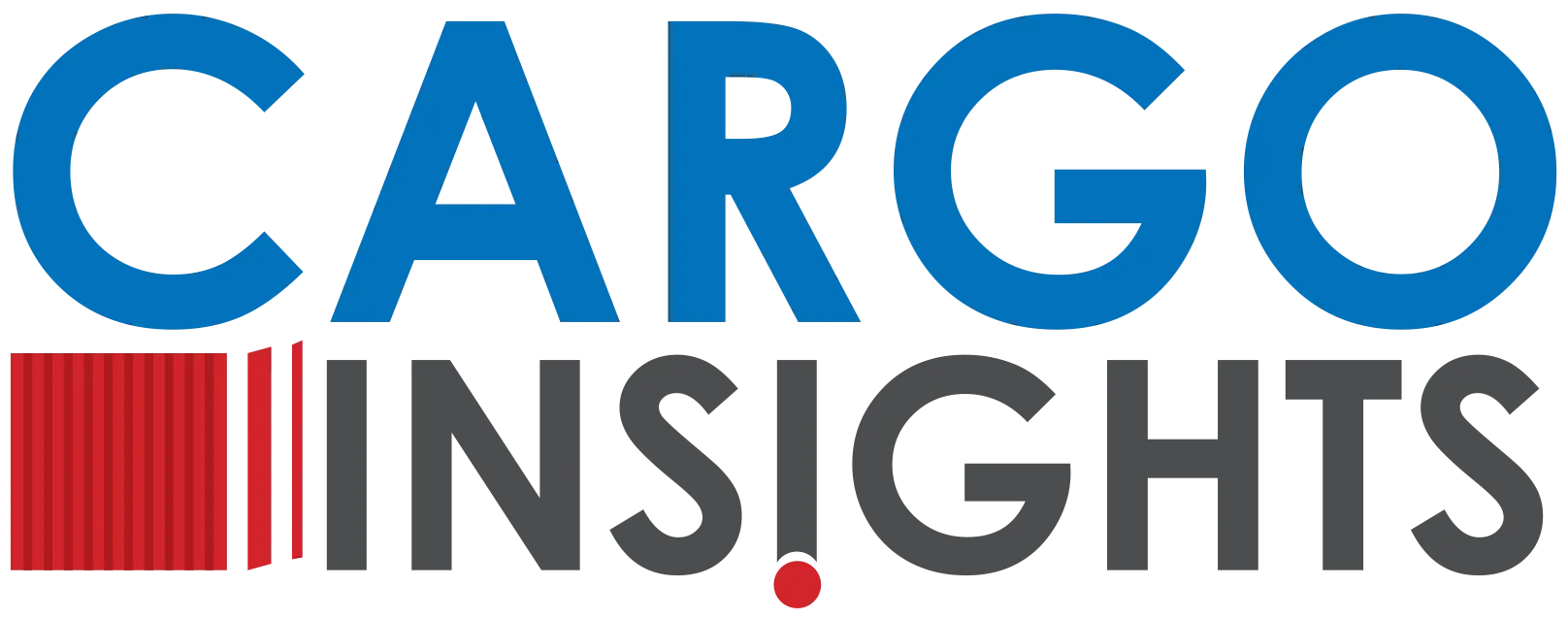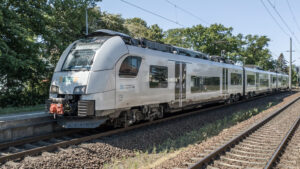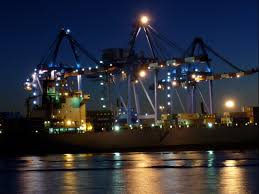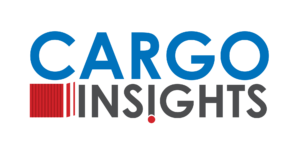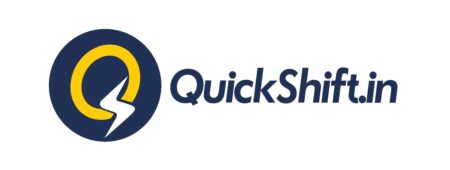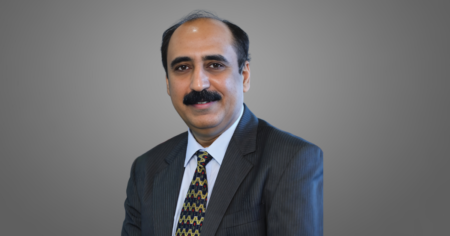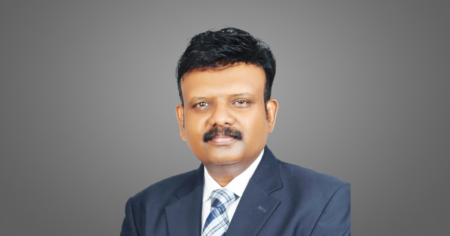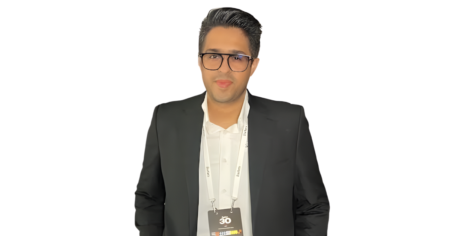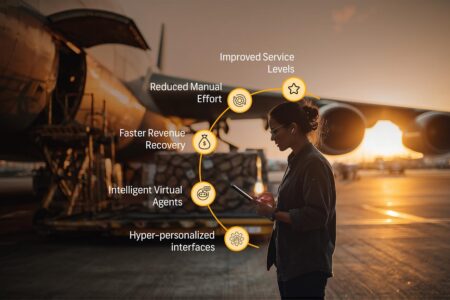Think going green slows you down or breaks the bank? Rajni Patwardhan, Head of Marketing, Kale Logistics Solutions, is shattering these myths, one digital milestone at a time, by proving that sustainability and efficiency can, in fact, thrive together.

Eco-efficiency and performance are running mates
Myth #1: “Going green is expensive and complex.”
Fact: It’s measurable, manageable, and surprisingly cost-effective.
This myth is the first to fall flat when faced with Kale’s tech-enabled truth. Green logistics doesn’t demand extravagant investment; it demands intelligent systems. Kale’s Cargo Community Systems (CCS) are designed to make sustainability accessible. Through paperless trade, truck slot management, and real-time tracking, CCS eliminates bottlenecks, congestion, and unnecessary delays. By digitising approvals, payments, and milestone tracking, operations get cleaner, faster, and more efficient, without draining budgets or complicating processes.
Myth #2: “Sustainability and performance can’t go hand in hand.”
Fact: Kale proves they’re a power couple.
Eco-efficiency and operational excellence aren’t rivals; they’re running mates. Kale’s platforms digitise documentation, automate approvals, and eliminate physical dependencies, slashing emissions while boosting productivity. Truck slot scheduling reduces idle time. Predictive planning prevents traffic jams and fuel wastage. With every process optimised, carbon and costs drop while throughput rises. With better visibility and coordination, delays dissolve and resources are better utilised. Simply put, Kale’s systems help the supply chain breathe easier, literally and operationally.
Myth #3: “Green solutions are a future luxury, not a current necessity.”
Fact: The future is now, and it’s already live.
For Kale, sustainability isn’t a distant dream; it’s standard operating procedure. Their platforms aren’t just “being tested.” They’re running live in some of the world’s busiest airports and ports, delivering measurable environmental benefits. Take the environmental impact calculator, for example; it quantifies savings in real-time across carbon, fuel, paper, and even noise pollution. These metrics are not just for bragging rights; they’re used to inform government reporting and compliance, helping stakeholders build credible sustainability narratives with hard data.
Myth #4: “Tech alone can’t solve real sustainability challenges.”
Fact: Tech + trust = transformation.
Kale understands the real barrier to green transformation isn’t tech; it’s mindset. Adoption reluctance remains the biggest hurdle. That’s why Kale doesn’t just roll out platforms; they walk alongside every stakeholder. In 150+ active locations, they’ve built a culture of awareness, regularly updating users on new features and benefits. Their approach? Make it seamless, make it relatable, and make the user the hero of their own green story.
Myth #5: “Sustainable change takes years to show results.”
Fact: Sometimes, all it takes is months.
Numbers don’t lie. At a major North American airport, Kale’s digital tools saved 16,000 gallons of fuel in just three quarters. That’s a massive cut in both costs and carbon. Meanwhile, Mumbai International Airport saw cargo processing times slashed by 60 percent without any physical expansion. With shorter dwell times and smarter processes, they moved more cargo faster, proving that sustainable growth isn’t just possible; it’s measurable from day one.
